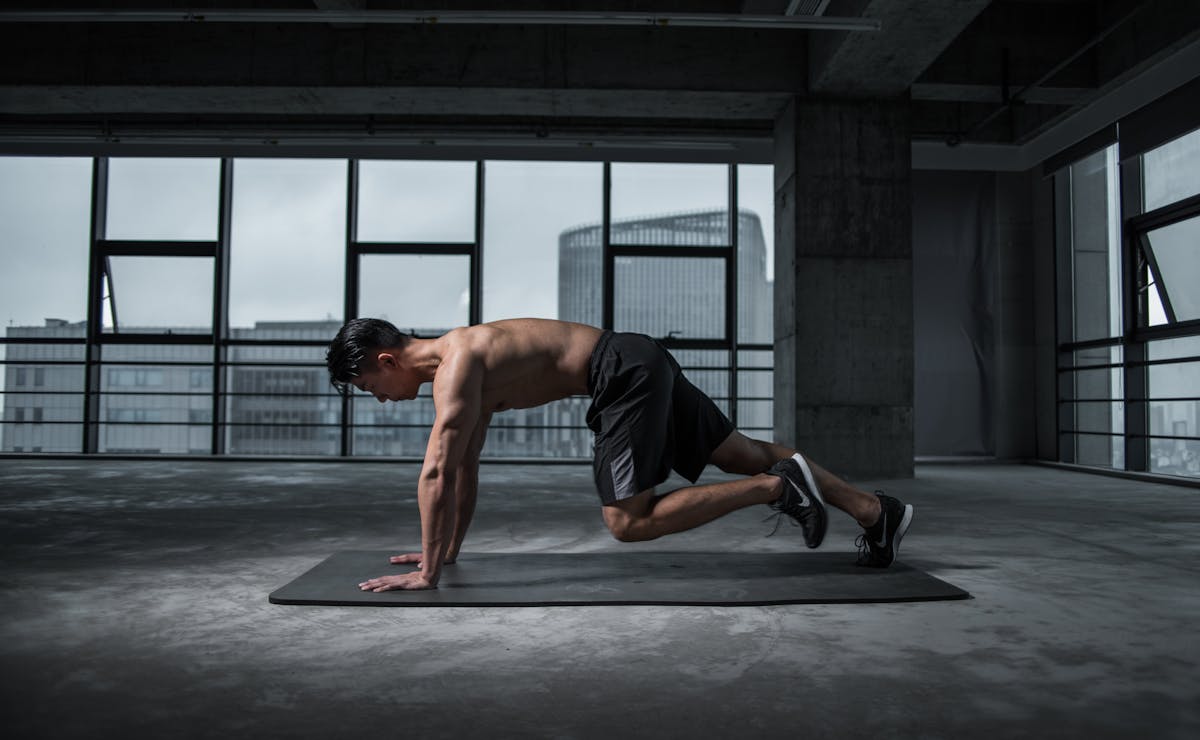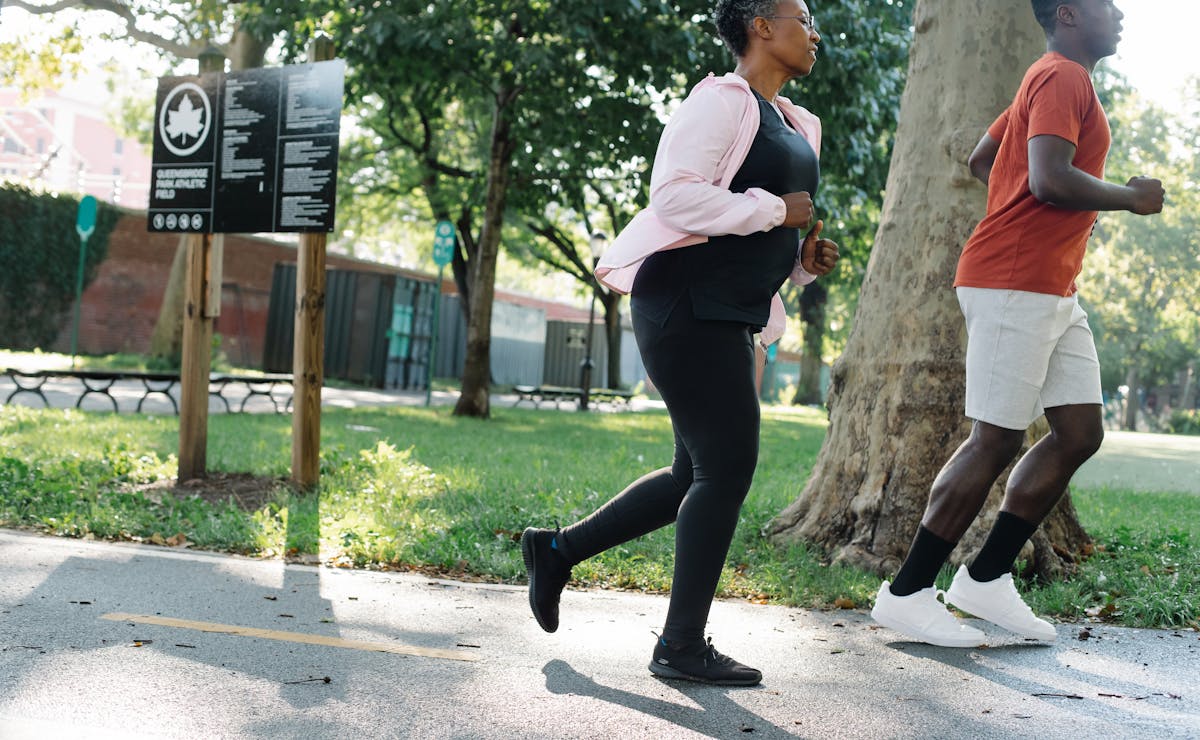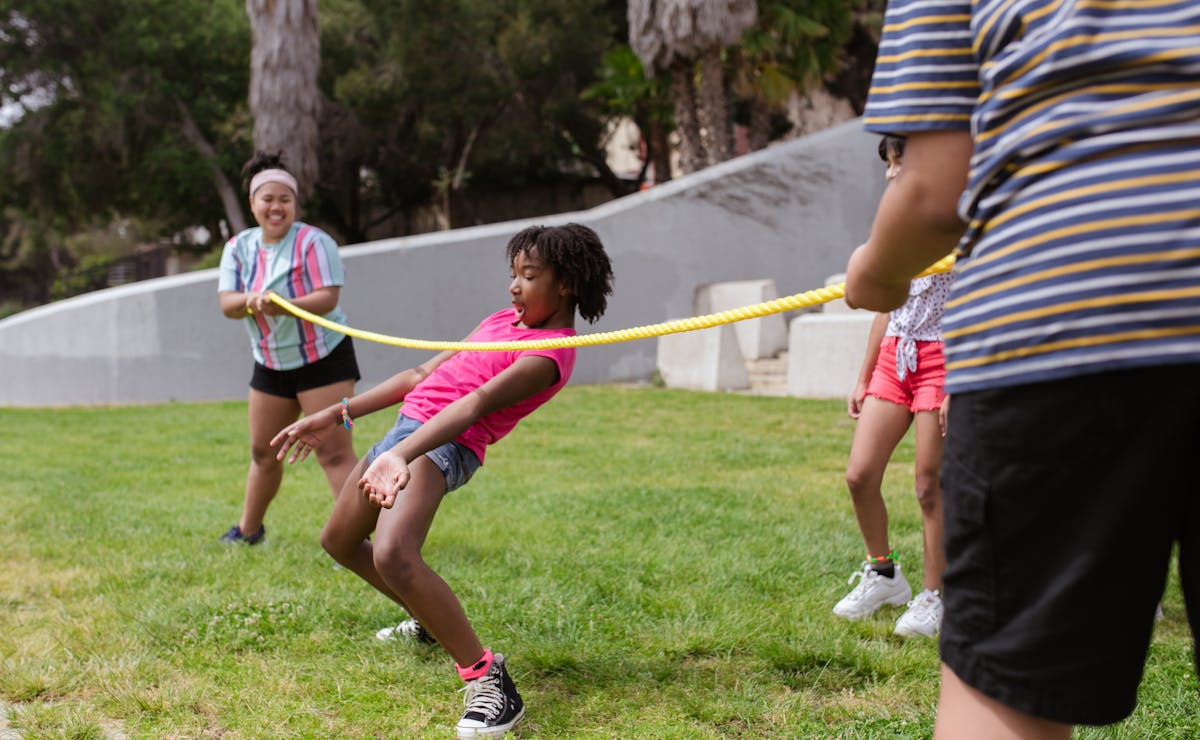Having one arm bigger than the other or one leg stronger than the other are classic examples of what is muscular imbalance, a condition represented by the difference in strength and flexibility between two or more muscles in the same joint.
It is true that everyone has a dominant and a non-dominant side of the body, and that right-handed people, for example, tend to use and strengthen the right side of the body more, while a left-handed person does the opposite.
So far so good! The problem appears when the discrepancies in size, strength and flexibility are so great that the patient begins to make compensatory movements, overloading and straining some muscles.
The result of this involuntary attempt to find a balance is constant pain and, in the long term, more serious muscle injuries, so the best strategy is to identify the problem as soon as possible and start managing it.
What causes muscle imbalance?
Poorly executed exercises as a result of insufficient monitoring by a physical instructor or a personal trainer, overload, inactive lifestyle and poor posture are some of the leading causes of muscular imbalance or asymmetry.
Incorrect posture
If you’re sitting for hours at a computer with your spine curled over, for instance, the bones of your spine come to rest in a poor position. This generally makes your muscles tighter and shorter.
Who has never felt their back pulling more on one side than the other after a long day of meetings?
Physical exercises practiced incorrectly
The difference in strength can still occur when training at the gym or some other physical exercise is done incorrectly or focuses only on a few muscle groups – without working others.
You know that person who works out their arms every day, but always skips leg strengthening workouts? Well…
Injuries
Another very common example that results in a lack of muscular balance are injuries. After all, when someone gets hurt, it is common to need rest or even recovery of the affected region, with the help of physiotherapy and other treatments. Therefore, compensation may be greater in other muscles of the body, leading to imbalance.
Hormonal changes
Hormonal changes can also contribute to imbalance.
A pregnant woman also secretes more relaxing hormone during late pregnancy since it makes muscles more relaxed and helps to ready the body for labor. Coupling this with the postural changes and weight gain of pregnancy, this component happens to overload some muscles and weaken others.
In short: everyone has some chance of developing asymmetry. The question is to what extent it is harmless to health.
How to correct muscle imbalance?
First, it is necessary to identify which muscle chains are unbalanced and then begin corrective treatment with care linked to physiotherapy and specific exercises to strengthen the affected region.
Before you leave this article, take note of other suggestions for equally effective practices and find out how to practice them correctly.
1. Single leg squat
This exercise helps to strengthen the legs individually, correcting possible imbalances between them.
- Stand with your feet shoulder-width apart.
- Extend your hands forward for better balance. Raise your arms until they reach a 90° angle.
- Extend your left leg forward and bend your right leg slightly so as not to put too much strain on your knee.
- Lower your body with your spine straight, doing squats until you get as close to the floor as you can.
- Stay in the position for a few seconds and return to the beginning.
Do it all over again with your right leg in front and repeat as many times as you can, being careful not to go beyond your limits. It is important to always start with the “weaker” side, but don’t forget to train the “stronger” side so as not to reverse the asymmetry (and continue with the problem).
2. Side plank with leg raise
Next exercise! Also with leg raises. This exercise works the lateral muscles of the trunk and balances the strength between both sides of the body, but it is different from the “dreaded” abdominal plank .
- Lie on your side, resting on your elbow on the side of your body that is facing the floor and with your foot on the same side also resting on the floor. Make sure your body forms a straight line with the surface.
- Leave the foot of the other leg on the one that is resting on the floor and slowly raise your hips, using your elbow to support you.
- Think of the shape of a square and imagine the floor as the base and your body as the opposite side.
- Raise your top leg as high as possible without straining or moving your lower body.
- Control your breathing.
Rest and repeat the movement a few times. Do the same on the other side. The important thing about this exercise is not how high you lift your leg, but how long you can keep it raised.
3. Single-arm row
This is to strengthen your back, arm and shoulder muscles!
- Sitting on a chair or bench with your spine straight, hold a light weight in one hand and stretch your arm out in front of you. Keep your other arm relaxed but firm at your side.
- Without moving your torso and moving only the arm of the hand holding the weight, pull the weight towards your chest, always keeping your elbow close to your body.
- Stretch and pull again 8 to 12 times. If you can, repeat the sequence at least three times for each arm.
And you don’t need gym dumbbells to do this exercise! You can use whatever you have at home, such as plastic bottles filled with water. The important thing is that the weight is bearable, but requires equal effort on both sides.



